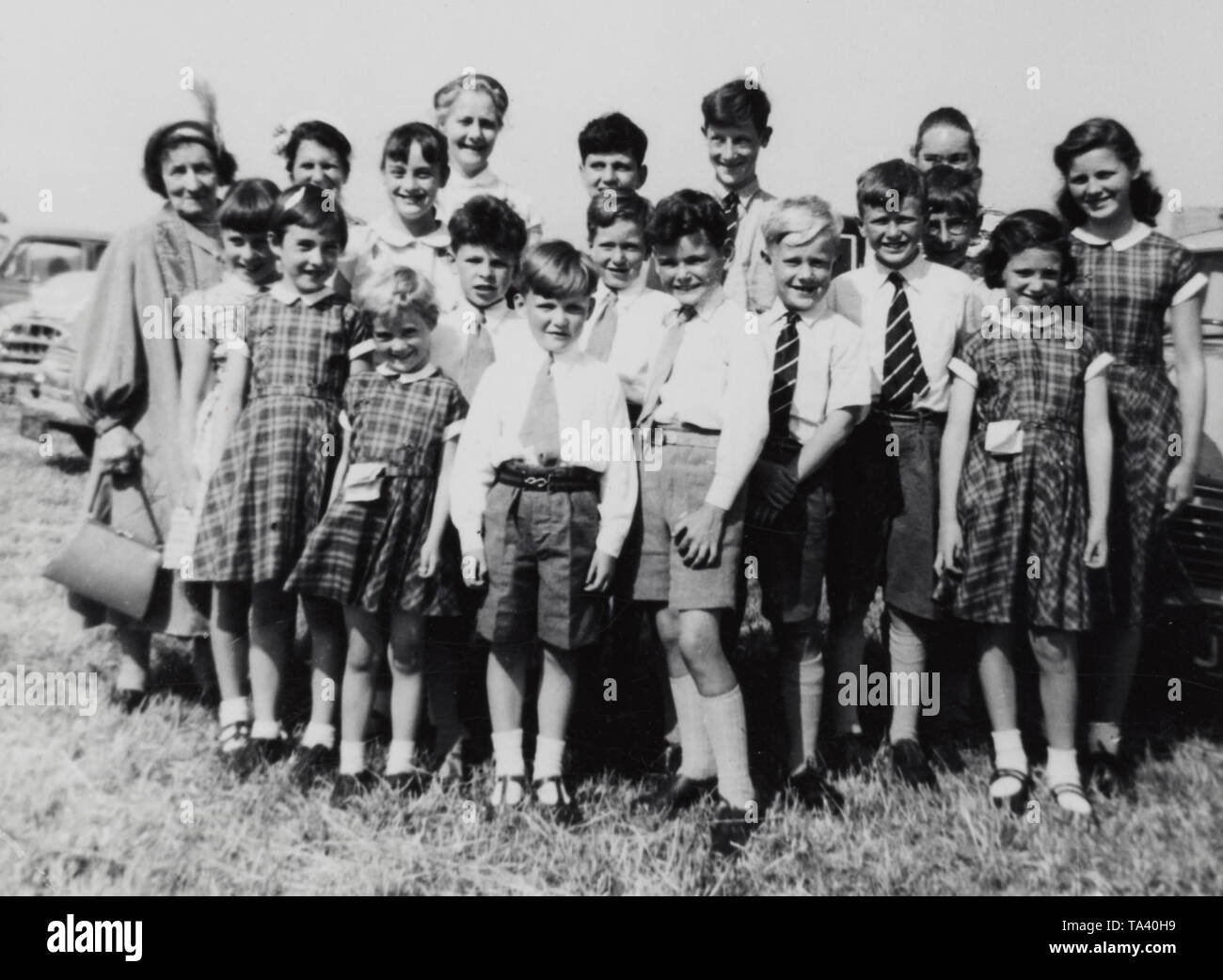Adoption has been a way of growing families since the ancient world. The first modern law on adoption was passed in 1851. The process of adoption became more common over the following century. Adoptions tripled between 1937 and 1945 and the number doubled again by 1955. In that year, for the first time, more children were adopted than were housed in orphanages.
The Baby Boom
The Baby Boom, from 1946 to 1964, saw the birth of about 76 million babies, a record-breaking four million a year. The previous generation included just 43 million people. There was a rise in unplanned pregnancies and unmarried mothers, too. Part of this, according to Philippa Gregory’s Normal Women, was the result of wartime difficulties with arranging marriages and separations brought about by World War II. Whatever the reason, there were more children needing to be adopted as well as more families wanting to adopt. New medical technologies allowed infertility to be diagnosed earlier and more couples were able to move on to adoption sooner. Families were often more prosperous, too, and the GI bill helped returning soldiers buy homes.
Many of the same factors that led to the Baby Boom also led to a boom in adoptions.
Secrecy
One of the characteristics of adoptions at this time was that they were often secret. Factors in this change included the rise of Freudian theories and a more professional, less casual approach to adoption. At the turn of the century, birth mothers were more likely to place their children for adoption because of poverty. During the Baby Boom, mothers might choose to allow their children to be adopted because they were single and worried about facing stigma.
Some adoptive families chose not to tell their children they were adopted. Adoption professionals preferred to match children and adoptive parents with similar physical characteristics, such as eye color. The idea was to keep it from being obvious to others that the child had been adopted.
Closed adoptions — adoptions in which the birth parents were anonymous and did not have contact with the child after the adoption — were the norm.
It was not until the 1970s that open adoptions began to become more common. Now, most adoptions are open. Both types of adoption are still possible.
Now, as in previous generations, adoption is a beautiful and loving way to grow your family. If you’re ready to consider adoption, contact Heimer Law. We are adoption lawyers, specializing in adoptions in Arkansas.
Inquiry Form
